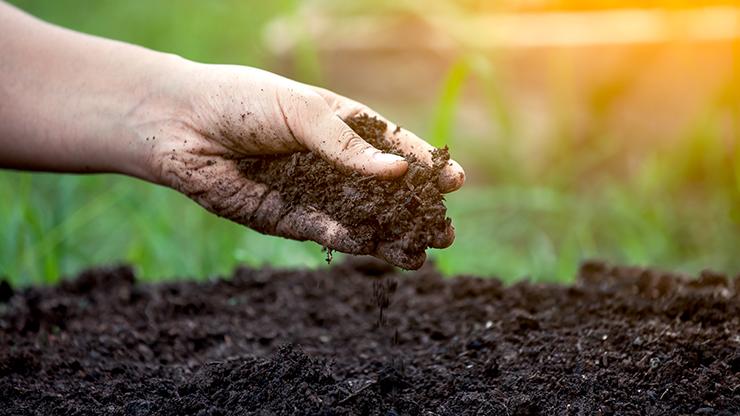Genotypes Performance of Garlic (Allium sativum L.) on Growth and Yield attributes
Introduction Garlic (Allium sativum L.) is the second most widely cultivated spice crop after onion, under the genus Allium and belongs to the family Alliaceae having chromosome number 2n (2X) = 16. It is an essential bulbous Vegetable, Spice or condiments with the medicinal value used throughout the world [13-14]. It is multiple or compound …
Genotypes Performance of Garlic (Allium sativum L.) on Growth and Yield attributes Read More »










